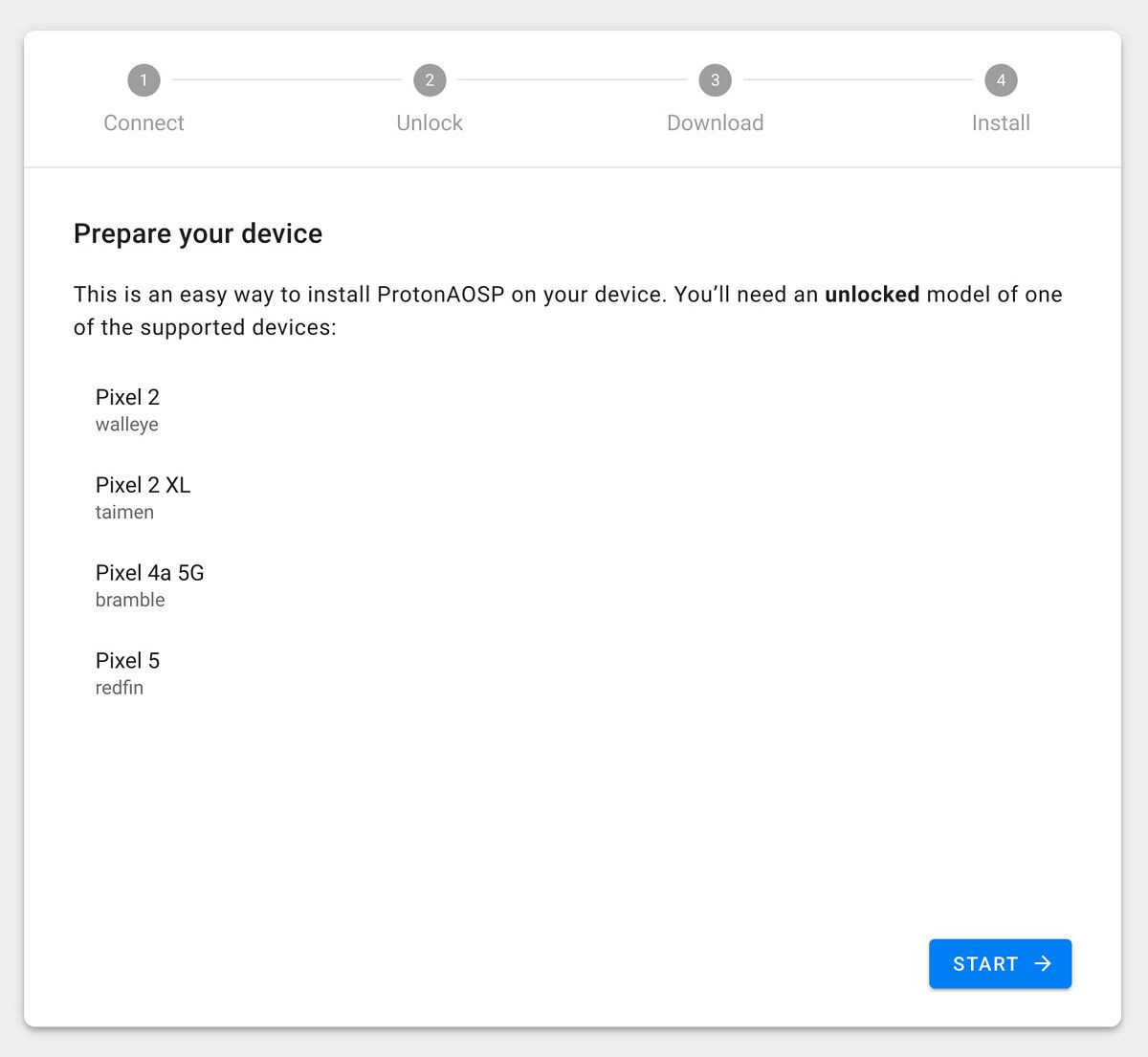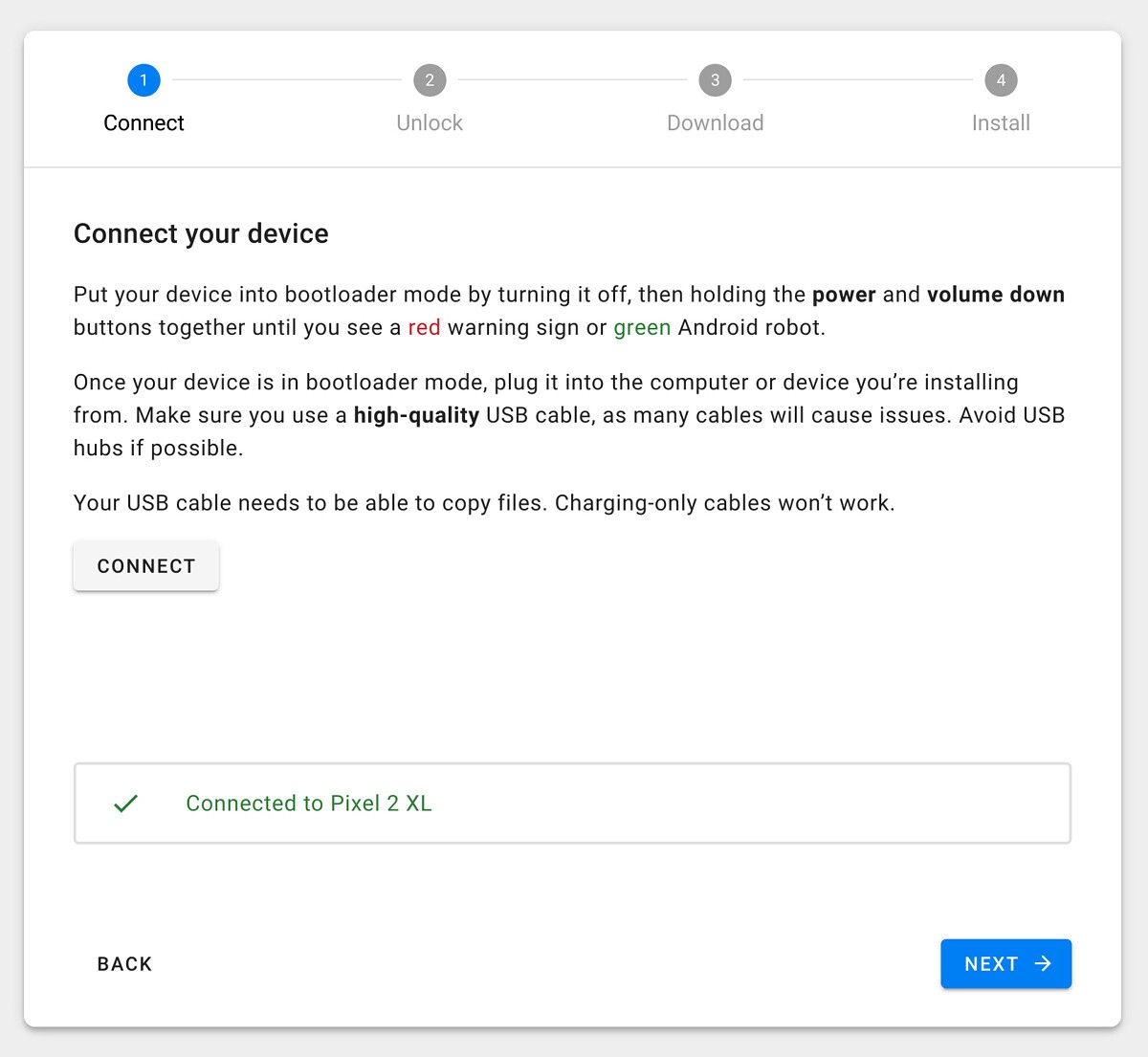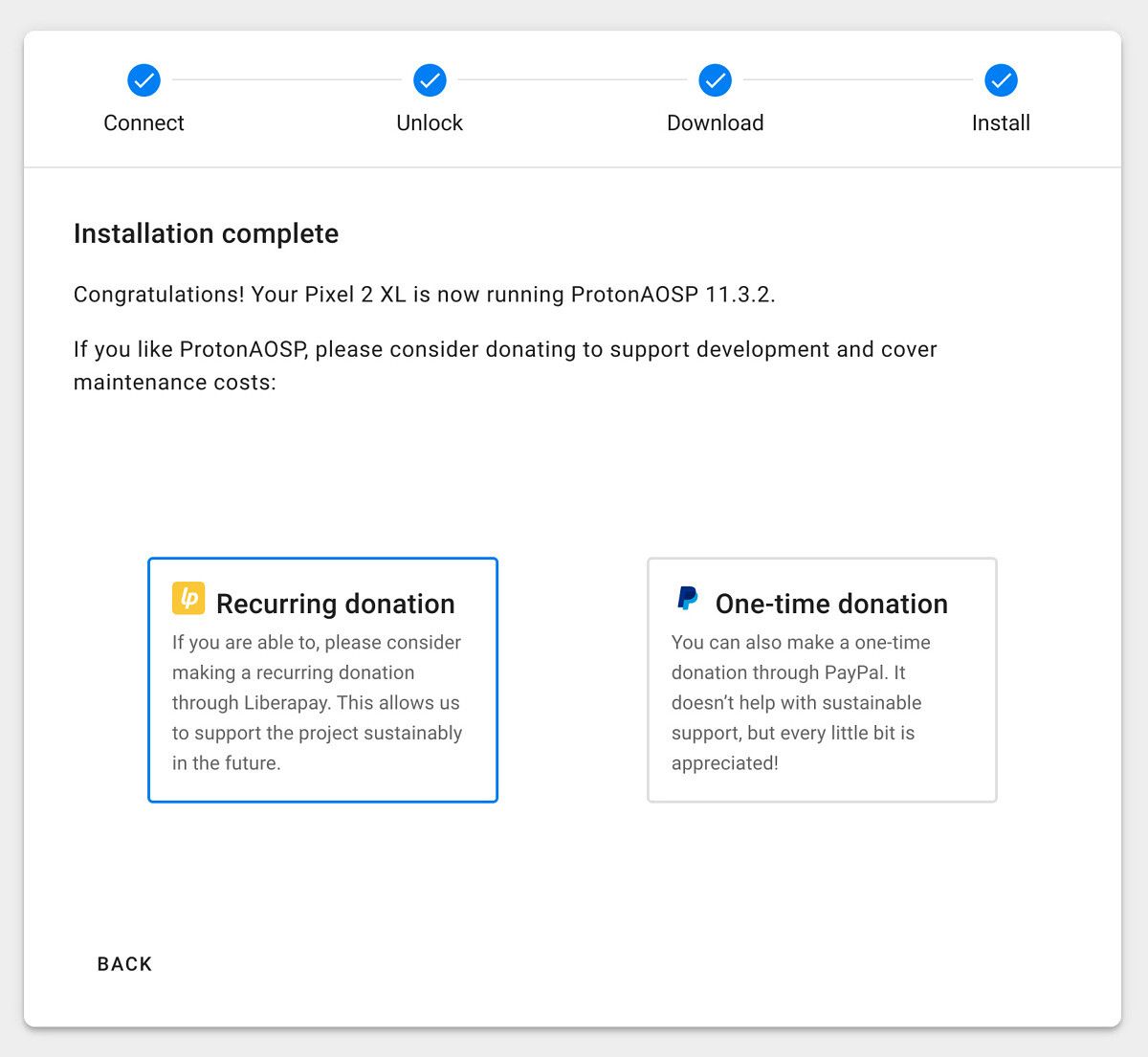For some people, the urge to dip their toes into the aftermarket development scene comes and goes. Sometimes we claim to be satisfied with a new phone, pretending it has everything we need. Right after the honeymoon period ends, we fall back to old habits and quickly want to dive into the world of rooting and custom ROMs. While there are various generic or device-specific flashing guides available to help you, it can still be a daunting task for a new user trying to understand what all those terms and programs are for. Even for power users, sometimes you just can’t get your PC (or Mac) to recognize your Android phone, no matter how many times you mess with system settings.
When Google first announced the Android Flash Tool as an effort to streamline the Generic System Image (GSI) installation job, there was some discussion among the community about how effective the browser-based approach would be at simplifying the flashing paradigm. After all, the method does allow users to sidestep the inconvenience of manually downloading images and flashing them with fastboot commands. Google’s offering, however, is a bit restrictive because the online tool is only compatible with a handful of devices, and you are limited to flashing nothing but official AOSP images and stock firmware packages. To that end, Danny Lin, who goes by kdrag0n on our forums, developed fastboot.js – a JavaScript implementation of the fastboot protocol using the WebUSB API, geared specifically towards end-users who have trouble flashing third-party operating systems on Android devices.
It’s always good to see other options pop up, and the arrival of a JavaScript-based flashing tool essentially means you will be able to flash custom ROMs directly from your browser! In fact, Lin, the developer who maintains the ProtonAOSP for the Google Pixel 5 and other devices, has already come up with a generic Android web installer, a full-fledged installer app template that runs entirely in the browser. In case you have a device that is officially supported by the ProtonAOSP project, you can even try flashing it using an official fork of this web installer.







Kdrag0n also wrote the web installer for the privacy-focused GrapheneOS project, which he credits for funding the initial development of this project.
An experimental version of our web-based installer for GrapheneOS is now available:https://t.co/29OBsANCta
This can be used from browsers with WebUSB support. Most Chromium-based browsers are supported including Chrome, Edge and Brave. No need to run any additional software.
— GrapheneOS (@GrapheneOS) January 24, 2021
Chromium has supported WebUSB since version 61, so any Chromium-based browser (e.g. Google Chrome or Microsoft Edge) installed on your PC can use the web flashing tool coded on top of fastboot.js. On Windows, you may also need to install a driver for the Fastboot interface, but it will be automatically downloaded and installed via Windows Update in most cases.
More information regarding the fastboot.js library can be found in the repository linked below. While not meant to be an all-purpose replacement of the native Fastboot binary just yet, the Javascript implementation, with its inherent OS-agnostic nature, offers a portable and convenient complement, or potentially even alternative, to the Android platform tools for your tweaking needs. No longer will users have to suffer from issues related to missed commands or scramble to download updated Android platform tools, since everything you need will be right there in your browser.
The post The future of flashing custom ROMs will be through a web browser appeared first on xda-developers.
from xda-developers https://ift.tt/3tVxAdK
via IFTTT

Aucun commentaire:
Enregistrer un commentaire